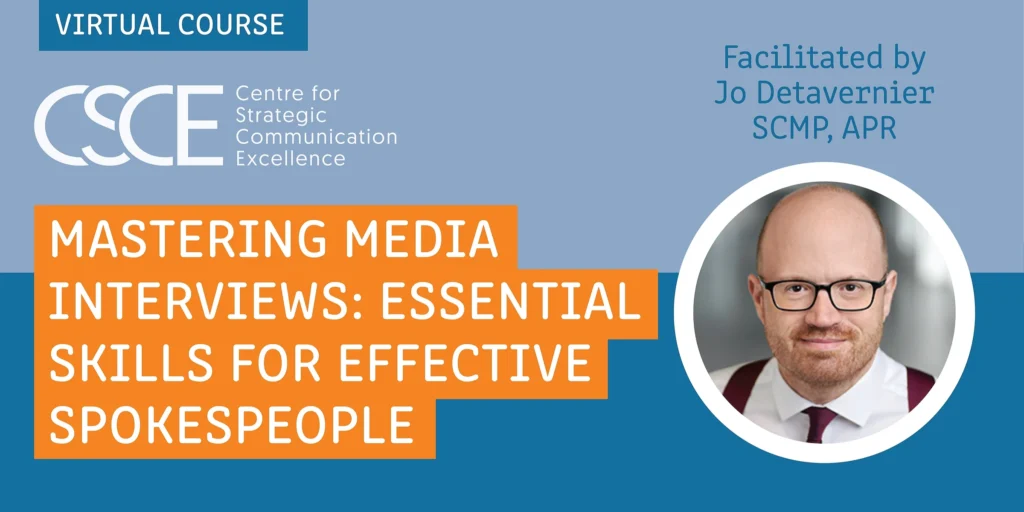Recently, I had the opportunity to collaborate with fellow internal communications professional, Daven Rosener, in producing a free and very useful resource titled “Problems, Traps and Opportunities: A Practical Guide to Help Internal Communication Professionals Avoid Struggle, Unlock New Ways of Working & Create Success” as well as an informational article featured on Catalyst.
You can download our new resource for free down below after this excerpt from our article.
“If you always do what you’ve always done, you will always get what you’ve always got.” No one knows exactly who coined this phrase, but what matters is the point it makes. If you want to change the result you get, you need to change the way you do things.
Consider internal communication — the lifeblood of an organization — and the professionals employed by an organization to manage internal communication. If the practice is the lifeblood of an organization, the people who manage it are its heart.
Yet they often encounter a myriad of challenges and traps that can hinder their efforts and impact their credibility and respect.
Let’s start with strategic internal communication planning, which serves as the roadmap that guides an organization’s communication actions and decisions. This planning ensures alignment with the organization’s purpose, vision, mission, values and strategic objectives. However, strategic planning is often skipped over or abbreviated when time is short.
Strategic planning is sometimes used as a synonym for strategy, but the two are not the same. A strategy is functional. It’s about understanding your environment and making choices about what you’ll do. Strategic planning is the process of formulating and implementing a strategy (i.e., the critical elements that inform your decision-making from planning to executing). Either way, it's more than a document with tactics. It’s an evolving process that allows you to demonstrate your unique problem-solving skills and strategic strengths.
To be a strategic internal communication professional, you must think and act like a businessperson. When the business becomes your number one priority, you focus on helping the business achieve its outcomes.





